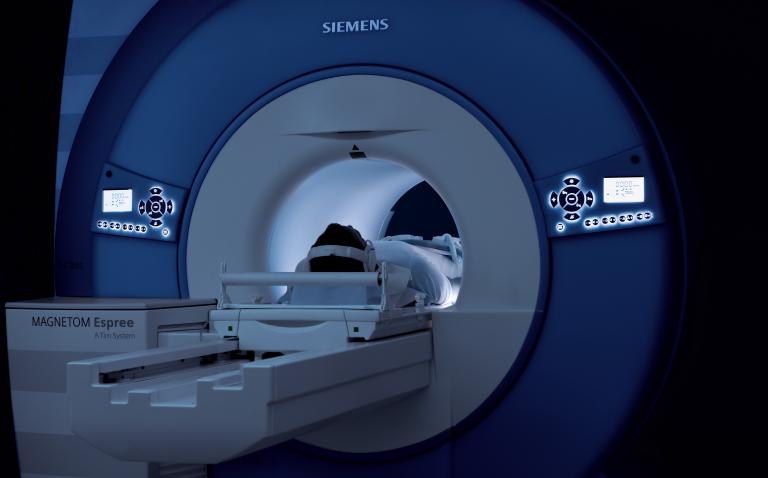A new report from Siemens Financial Services shows that €11.9 billion of capital is currently inefficiently deployed or ‘frozen’ in European healthcare systems – an increase of 15 per cent since 2006.
The report indicates that this freeze is the result of healthcare institutions not making sufficient use of asset finance to acquire medical equipment and technology, such as when equipment is bought outright rather than leased, hired or otherwise financed. Freeing the frozen capital by making use of more flexible financing techniques, such as leasing and rental, could release much needed liquidity to implement other efficiency initiatives and, ultimately, help improve patient care.
The issue of how to improve efficiency has been gradually rising in importance. European healthcare systems were all embarking on radical reform programmes, until the advent of the financial markets crisis in 2007, and the subsequent recession, meant these plans had to be postponed. The result is that healthcare spending has continued to rise, including the investment in capital equipment. Many countries are now shouldering large budget deficits and it is clear that imminent healthcare budget reform is crucial to control these. The programmes of reform are now likely to be implemented within the next two years, as soon as the overall economy is robust enough to withstand the consequences of public sector reform.
It is predicted that the cost of necessary developments to the healthcare infrastructure across Europe will reach €4 trillion over the next 20 years. Siemens’ report states: “These spending projections put into context how much the public services in general, and healthcare in particular, are under pressure to identify and use the most efficient and effective methods to finance these developments. Certainly, it is already evident that the development of Europe’s healthcare systems cannot be funded solely from public coffers.”
Healthcare management is now keenly looking for ways of making the budgets work harder. One area coming under scrutiny is how to make the acquisition of capital equipment more efficient and effective. Access to flexible capital is critical to the provision of the latest healthcare technology and equipment, and limitation on the ability to invest in it has a large influence over the achievement of health system efficiency and patient care improvements. The report states: “although capital spending on medical devices only occupies about 1/20 of totally healthcare budgets, the impact of the latest healthcare technology on efficiency and effectiveness is disproportionately positive.”
The report by Siemens Financial Services is the latest in a reporting series, which began in 2006 and tracks relative trends in the major European economies. It examines how healthcare systems are not making the most efficient use of available financing tools. Siemens found that the total annual capital expenditure frozen in European healthcare systems has risen by 15 per cent from €10.3bn in 2005 to €11.9bn in 2009.
Out of the key large economies of Western Europe, the rate is highest in Germany (€4 billion), followed by France (€2.6bn) and the UK at €2.1bn. The report argues that a significant proportion of this capital could be freed up if asset-financing techniques such as leasing, rental and other pay-per-use solutions were more widely employed to acquire medical equipment and technology.
This year, for the first time, the report also looked into health systems financing in Scandinavia as well as in rapidly developing economies. Interestingly, almost €3.7bn of capital is frozen in China, over €580m in Poland and around €134m in Turkey. These are enormous proportions, according to the report, compared to the investments in medical equipment in each country. These figures are likely to rise rapidly with the expected fast-growing health expenditure, unless asset finance solutions are more widely used for equipment acquisition.
David Martin, General Manager (Public Sector) at Siemens Financial Services, said: “The importance of freeing up frozen capital is becoming increasingly urgent in Western Europe. There now appears to be growing political support in some quarters to introduce not just capping measures, but real-terms spending reductions – if not straight away, at least in the next few years. In some countries, accelerating deficits are forcing this view on government.
“Leasing and rental are important financing tools which help healthcare systems afford the most up to date equipment and medical technology, as well as rapidly improving efficiency. Technology tends to advance in sudden leaps and in some examples can be enhanced or upgraded within 12-18 months.”
Leasing is a financial solution whereby a third-party financier takes ownership of the required equipment and the end-user pays a rental to use the asset over a defined period. Leasing can be used to finance a range of assets from diagnostic and surgical equipment and technology to everyday IT solutions.
For more information please click the link below:
Siemens










